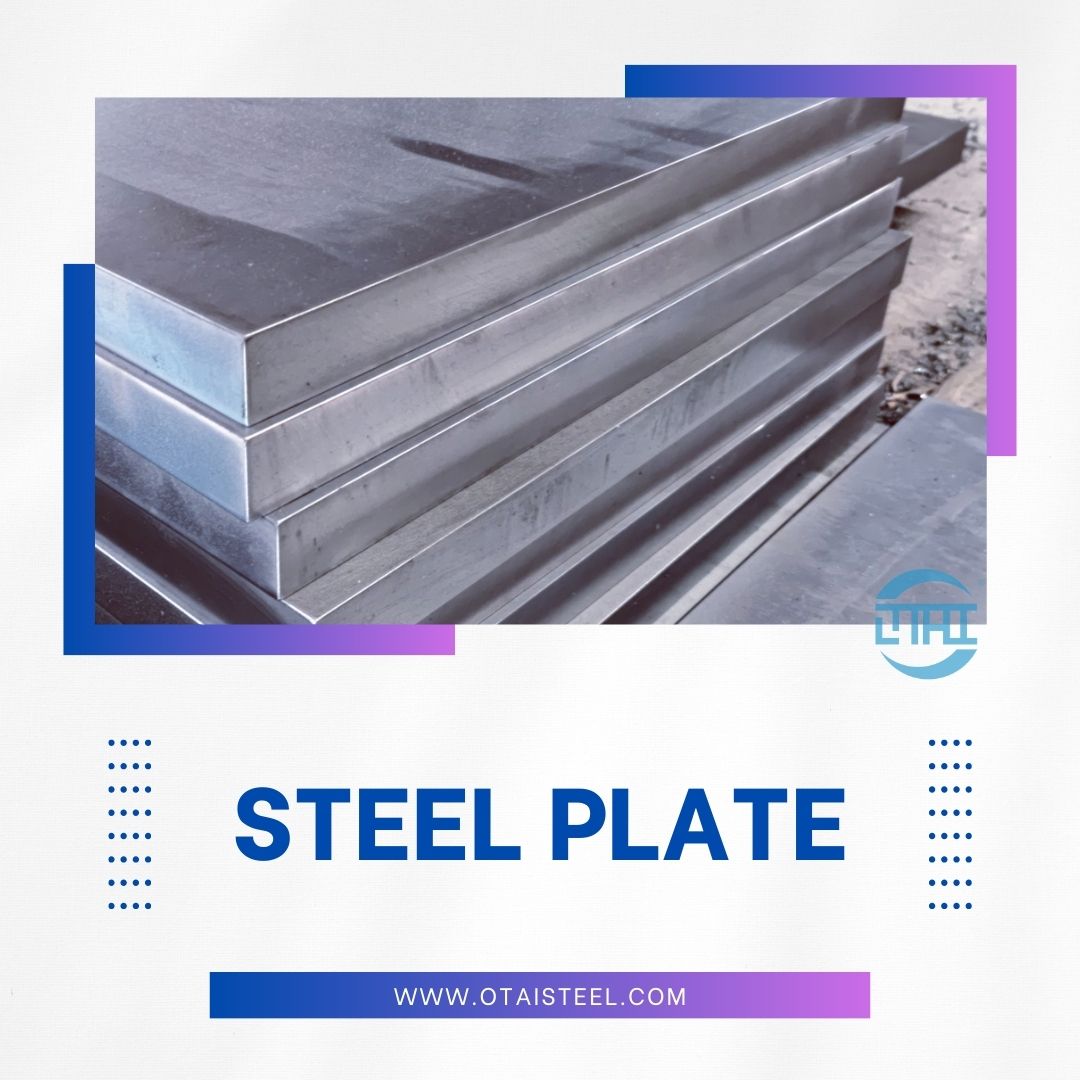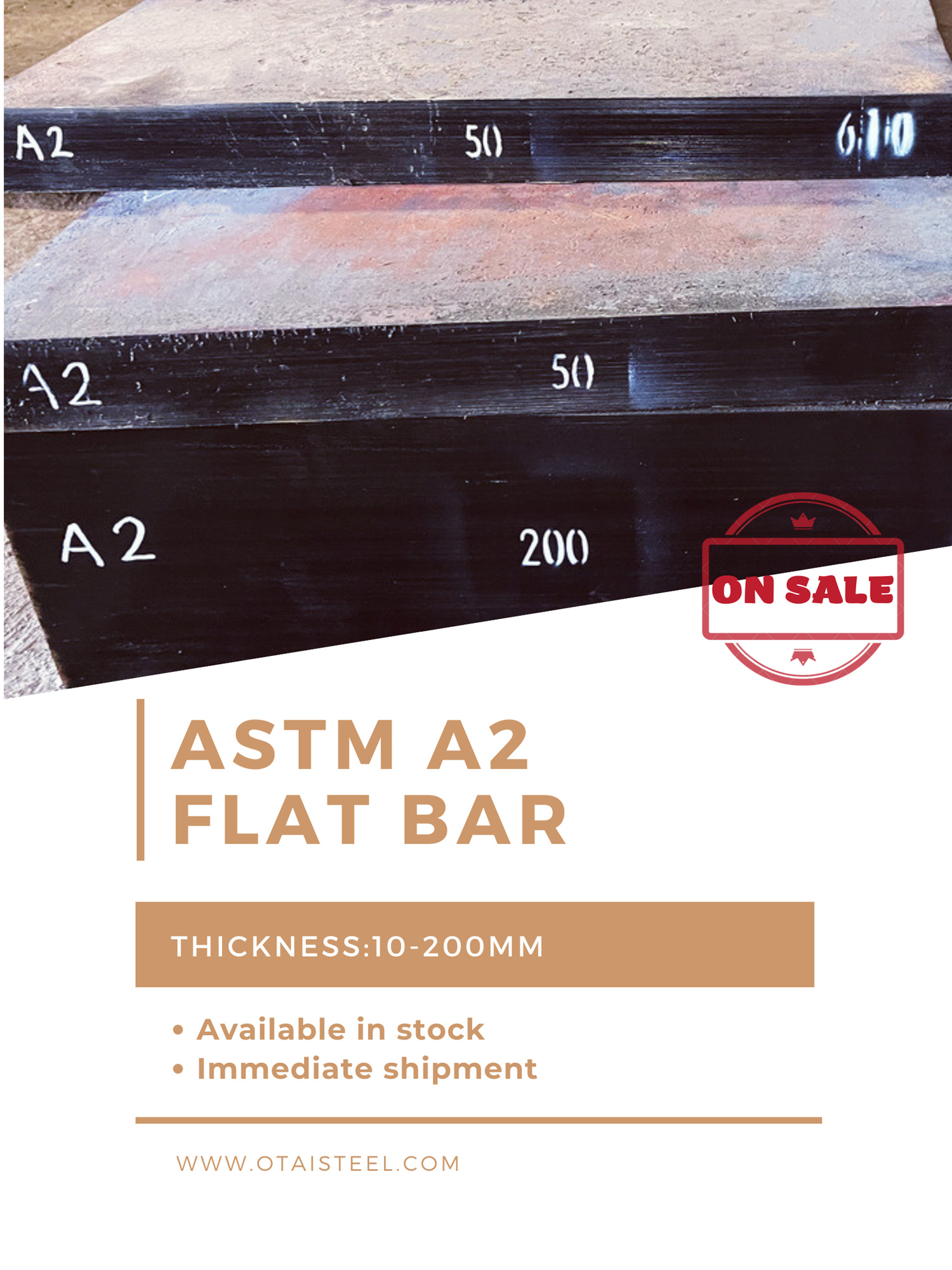In the realm of steel, A2 steel stands as a stalwart, known for its exceptional properties and versatile applications. In this guide, we’ll embark on a journey through the standard, chemical composition, applications, sizes, prices, and the key players in the market—A2 suppliers.
Exploring A2 Steel: Beyond the Basics
A2 is not just a material; it’s a testament to metallurgical excellence. As we delve into its properties, you’ll discover why A2 steel is revered for its balanced composition, marrying chromium, carbon, and other elements to create a steel alloy that excels in various applications.
The Versatility of Applications
One of the most intriguing aspects of A2 is its wide array of applications. From crafting precision tools to molds and beyond, A2 steel’s versatility shines in industries where durability, wear resistance, and toughness are non-negotiable.
Unlocking the Properties: Strength in Balance
A2 properties are a testament to its balanced composition. Its remarkable combination of toughness, wear resistance, and ease of machining makes it a preferred choice in projects demanding precision and reliability.
Size Matters: Tailoring to Your Needs
A2 steels doesn’t believe in a one-size-fits-all philosophy. Explore how this steel grade can be tailored to meet your specific size requirements, ensuring a perfect fit for your unique projects.
The Price Tag : Navigating Costs
Numbers can often be a roadblock, but understanding the pricing dynamics of A2 steel is essential. We’ll guide you through the factors influencing costs, helping you make informed decisions without breaking the bank.
Sourcing Success: Finding Reliable Suppliers
The search for the best A2 steels suppliers is a crucial step. Certifications, track records, and customer reviews are your compass in navigating the market. Discover tips on how to secure the highest quality A2 steel for your projects.
Beyond Today: The Future Trends
As industries evolve, so does the demand for innovative materials. Explore potential future trends where A2 steel could play a pivotal role in shaping tomorrow’s advancements.
Conclusion: Where Excellence Meets Reliability
In conclusion, A2 steel isn’t just a choice; it’s a commitment to excellence. From its unique composition to versatile applications and customizable sizes, A2 steel proves to be an invaluable asset in diverse projects.
FAQs: Your Questions Answered
- What makes A2 steels suitable for precision tools?
- A2 steel’s balanced properties, including high wear resistance and toughness, make it ideal for crafting precision tools.
- Can A2 steels withstand extreme temperatures?
- While not designed for high-temperature applications, A2 steel holds its own in various environments, maintaining its properties.
- Is A2 steel corrosion-resistant?
- A2 steels offer moderate corrosion resistance. Proper maintenance can mitigate the risk of corrosion.
- How do I choose the right size of A2 steels for my project?
- Assess your project’s specific needs and consult with suppliers to determine the most suitable size for optimal performance.
- What certifications should I look for in A2 steels suppliers?
- Look for certifications like ISO standards, ensuring quality and reliability in the supplied A2 steel.
Embark on your journey with A2 steels, where strength meets precision, and let the possibilities unfold in your projects.




 A2 steel annealed hardness-A2 Steel in its Annealed State
A2 steel annealed hardness-A2 Steel in its Annealed State